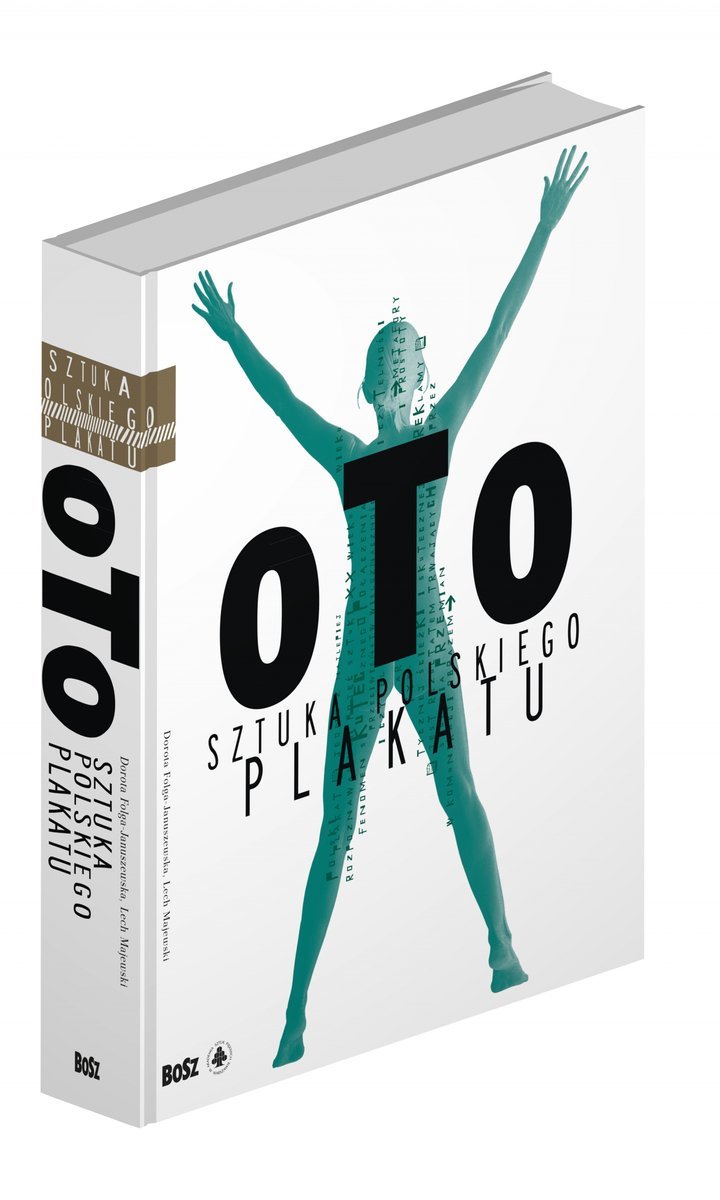
The poster must sing, shout and seduce. The story of its career in Poland is presented in the recently published, lavishly illustrated book Oto sztuka polskiego plakatu (available in English as The Art of Polish Poster), whose authors – art historian PhD Dorota Folga-Januszewska and designer Prof. Lech Majewski – prove that the Polish poster has an interesting history as well as a promising, largely feminine future.
I visited Professor Majewski in his Studio of Visual Communication and Poster Design at the Academy of Fine Arts in Warsaw to talk about Poland's most famous functional graphic art ‘brand’. We look at The Art of Polish Poster, a massive and lavishly illustrated 600-page book which is unique in that its authors have decided to look at everything that happened in the history of the Polish poster and its predecessors from the 17th century up to 2014
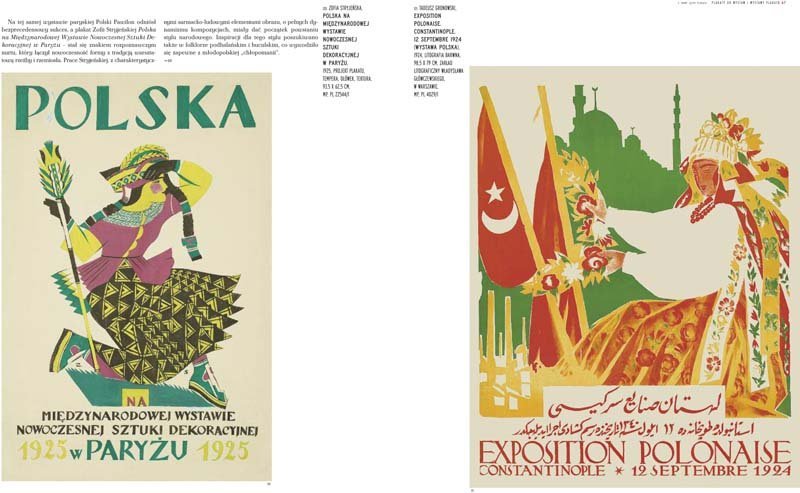
.“We show that the poster was born long before the Second World War,” says Lech Majewski. “For instance, I was delighted by the great works from the 20's and 30's in the Lviv collection. Some of them could to this day serve as modern posters thanks to their graphic and typographic concepts, for contemporary designers are trying to outdo each other in their search for new typefaces. Among the early poster predecessors are some 17th and 18th century prints, for example notices advertising theatre and circus-like shows staged during royal elections, or Marcello Bacciarelli's graphics, which circulated all over the world.
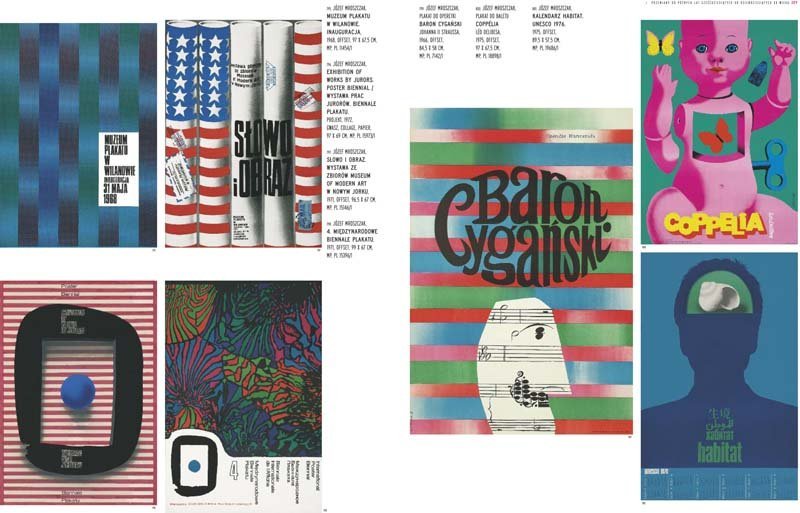
Silence among screams
“Some time ago I designed the poster Plakat musi śpiewać (The poster must sing) for an exhibition in Poznań. This quote came from the brilliant Jan Lenica. The poster should provide information, but it shouldn't at the same time get lost in the street,” explains Majewski. “My teacher Henryk Tomaszewski would put this more bluntly: The poster is a bit like a prostitute or a gigolo; it is there to seduce. If it doesn't work, it would be better it didn’t exist. But it doesn't have to be a deafening scream. In times of visual overload, it is sometimes enough to show something simple, something black-and-white, and the viewers will fix their gaze on it. There were even experiments on that in Japan.”
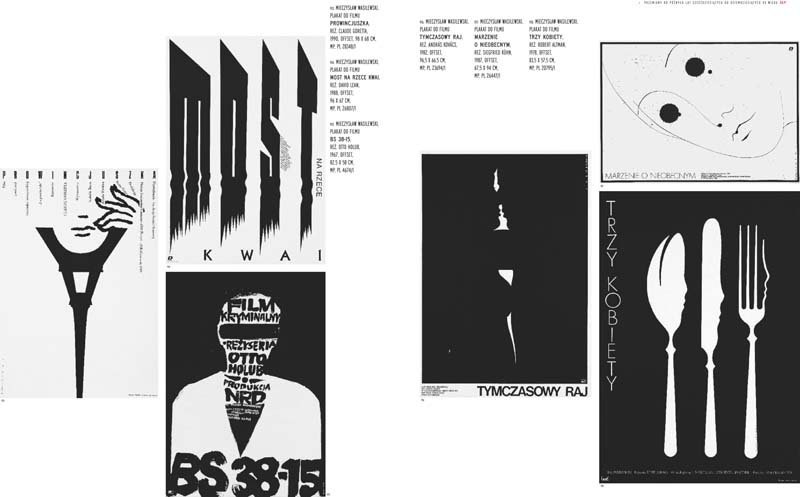
Majewski believes that posters should always be created with a specific viewer in mind: “I once said that the poster may be unable to change the world but it is an excellent record of time, place and events. And that's where it all should start – the poster should provide information about ‘here and now’, even if it is going to be exhibited in an art gallery. In communist times, our mentality helped us ‘decode’ all the allusions, oblique references and metaphors presented by graphic designers. That’s because society had already become used to interpreting implicit meanings at the time when Poland was partitioned (1772-1918, translator’s note) by examining the paintings of artists such as Matejko or Malczewski. And the same applied to poetry and literature. In the book Dorota Folga-Januszewska presents the way in which all these creative fields laid the foundation for the development of the unique Polish poster.”
The International Poster Biennale in Warsaw has been boosting awareness of the Polish poster since 1966 and the phenomenon has charmed people from France, the US, Japan, China and other countries.
Kings of graphic design
Designs by post-war giants such as Henryk Tomaszewski, Jan Lenica, Józef Mroszczak, Jan Młodożeniec, Wojciech Zamecznik, Waldemar Świerzy and many others, were created in response to specific needs (film, theatre and circus show premieres, health and safety notices), but they have made their way into the world of art and stayed there for good; they are present both in art galleries and in living pop-culture.
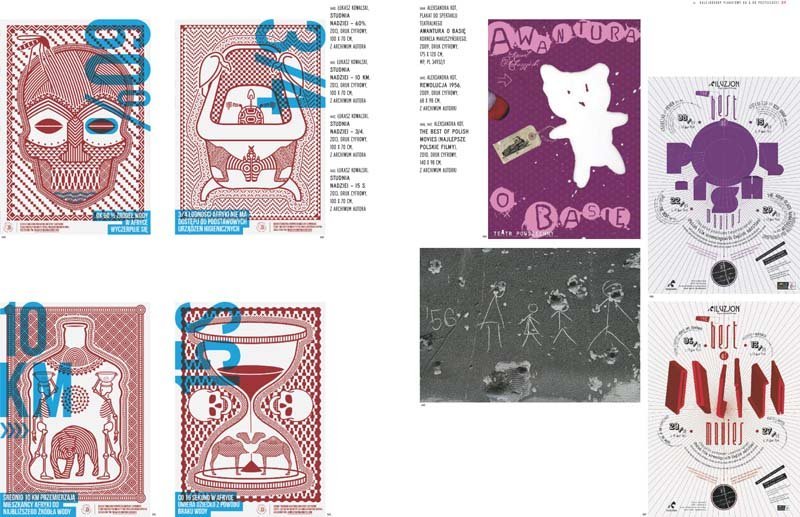
To give an example, long after their creation, some of Tomaszewski's graphics have appeared on clothes by the French-Japanese brand COMME des GARÇONS. (Their prints are now designed by Filip Pągowski, Tomaszewski's son and pupil.) Ad specialists in Nancy Meyer's comedy What Women Want (2000) experience romantic twists and turns against the background of works from the Polish School of Posters, with Hubert Hilscher's Cyrk (Circus) and Tadeusz Trepkowski's mid-20th century advertisement for LOT Polish Airlines as the most prominent examples. In Beginners (2010) by Mike Mills, the sensitive character played by Ewan McGregor roams around an apartment whose walls are adorned with Polish posters, for example the one designed by Maria Ihnatowicz advertising the memorable Polish film Wielka Majówka (The Big Picnic).
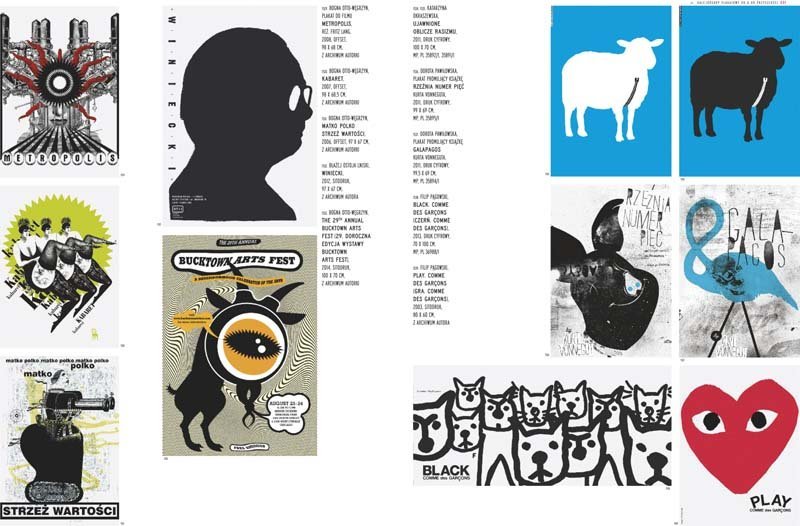
Famous old poster motifs, in film and life alike, serve as the identification signs of the aesthetically initiated, and they provide a perfect setting for depicting the lives of intellectuals, collectors and copywriters with artistic ambitions. Poland’s contemporary young artists such as Edward Bąk, the Homework duo (composed of Joanna Górska and Jerzy Skakun) or Justyna Czerniakowska make their way into modern interiors with advertising posters for festivals or theatre shows. (Unfortunately this is no longer the case with films posters.)
The poster is a twist of the brain.
How to explain the phenomenon of Polish Poster, which can be found in numerous collections and is ‘studied’ at artistic schools from South America to Japan?
Lech Majewski: “These people were individualists. Unlike, say, the Swiss School, which was a sort of predictable pattern, they represented an emotional approach. In their film posters, they used shortcuts, elements of action painting and photographs. My Czech friend and designer Karel Míšek once said: ‘Polish Poster is a twist of the brain.’ He was among those attracted by the popularity of the Polish School of Posters who came to Poland to attend an internship with Tomaszewski. The classes at the academy consisted in searching for the meaning and getting rid of any decoration; only the very essence could be retained. What counted back then was the concept, and the means were selected accordingly. Nowadays, we pay particular attention to developing personality and using individual forms of expression. This is important given the fact that even in a single city like Tokyo there are 40 thousand graphic artists graduating from academies each year!"
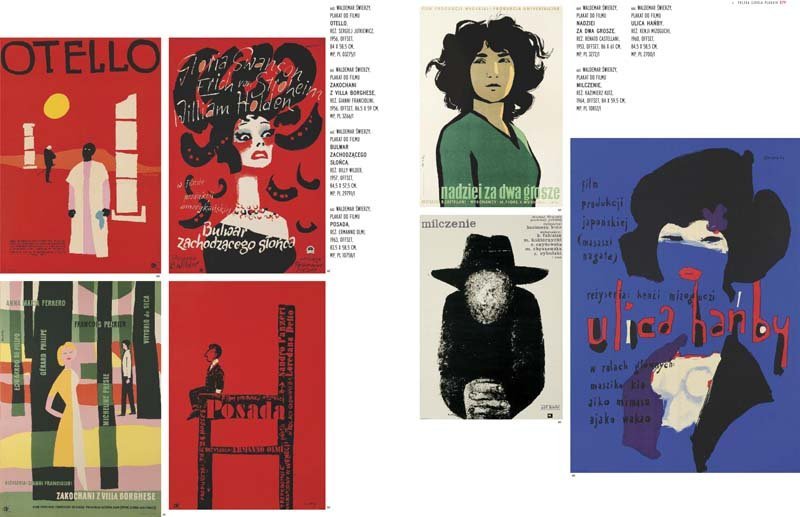
After a decline in the early 90's, Polish Poster has now returned to its heyday. Professor Majewski can sense a breath of fresh air. He declares, “I am a feminist!” And he adds, “The poster used to be the specialty of men. There were a considerable number of talented female students, but, unfortunately, they would disappear after their studies. They would give up art and take care of their families, and they became overwhelmed by everyday life. I believe that the time has now come for women! My assistant, Justyna Czeniakowska, is an excellent graphic artist and teacher. I also have incredibly talented female students who are simply head and shoulders above all the guys! They feel it differently, they use colour with more vigour, and they have strong personalities. I am their true supporter.
Oto Polska sztuka plakatu (The Art of Polish Poster), published by BOSZ
Translation Elżbieta Pawlas/Solid Information Solutions


Zaloguj się, aby zostawić komentarz.